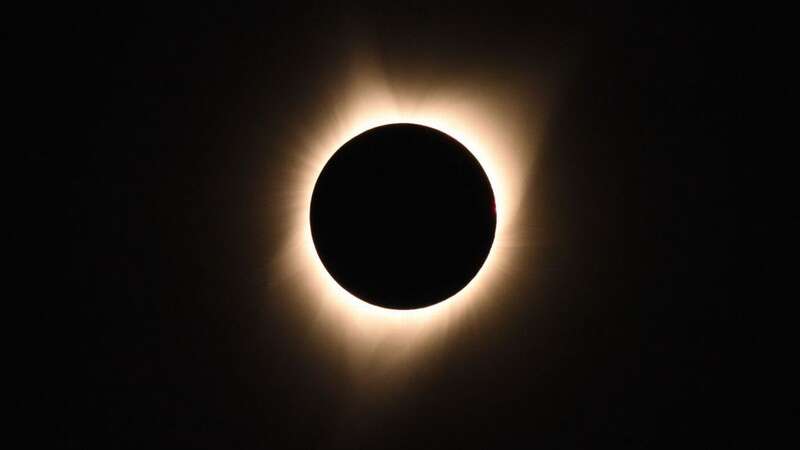
Space experts at NASA will take full advantage of the upcoming solar eclipse by launching rockets into its path.
High-altitude planes and sounding rockets will make use of a small window of opportunity to observe researc. Said research is only possible during a solar eclipse as it will look at “how Earth’s upper atmosphere is affected when sunlight momentarily dims over a portion of the planet.”
Millions of people are preparing to witness the rare event, which will stretch across parts of Mexico, the US, and Canada. Approximately 31.6 million individuals live within the eclipse's path of totality, and NASA has confirmed that every contiguous state in the US, as well as segments of Alaska and Hawaii, will experience at least a partial eclipse.
 A WB57F high-altitude aircraft (Getty Images)
A WB57F high-altitude aircraft (Getty Images)NASA’s rockets will be launched from its Wallops Flight Facility in Virginia where “disturbances” in the Earth’s ionosphere, part of the upper atmosphere, will be looked at.
Three sounding rockets will be launched during the eclipse on April 8, NASA said.
 Charming UK village is 'UFO hotspot' with 'NASA scientists showing interest'
Charming UK village is 'UFO hotspot' with 'NASA scientists showing interest'
“The sounding rockets will launch at three different times: 45 minutes before, during, and 45 minutes after the peak local eclipse,” NASA said. “These intervals are important to collect data on how the Sun’s sudden disappearance affects the ionosphere, creating disturbances that have the potential to interfere with our communications.”
Particles in the ionosphere can become charged under the sun’s radiation, but variations in the weather can make the ionosphere difficult to predict.
NASA continued: “It’s often difficult to study short-term changes in the ionosphere during an eclipse with satellites because they may not be at the right place or time to cross the eclipse path.
“Since the exact date and times of the total solar eclipse are known, NASA can launch targeted sounding rockets to study the effects of the eclipse at the right time and at all altitudes of the ionosphere.”
The rockets will record the information at a maximum altitude of 260 miles.
The window of opportunity for NASA and other experts is small. Experts from the Air Force Research Laboratory in new Mexico, students at the Embry–Riddle Aeronautical University and researchers from the Massachusetts Institute of Technology’s (MIT) Haystack Observatory will conduct experiments of their own.
There won’t be another total solar eclipse of the mainland US until 2044.
The launches of the sounding rockets will be featured on NASA’s Wallops’ official YouTube page on April 8.
Read more similar news:
Comments:
comments powered by Disqus

































